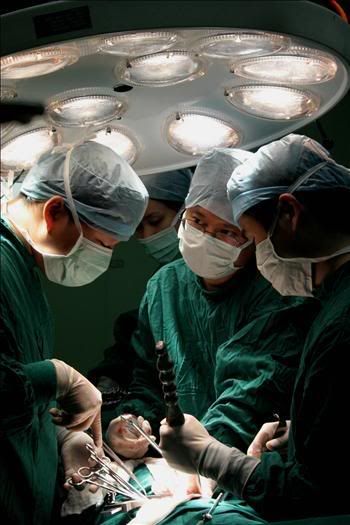Anti-rejection drugs, which are used when an organ transplant is completed, may go out of use with a newly-discovered cellular principle. Hooray!
In the past, when one accepted an organ it was a hassle to get the body to accept it. So the patient would have to take immunosuppressive drugs to keep the organ from being rejected. But the problem with this was that the drugs would either have horrible side-effects or would just stop working. And this is all before we get to the price which Suzanne Ildstadthe, Director for the Institute for Cellular Therapeutics at the University of Louisville in Kentucky, outlines as roughly $25,000 per year in the US.
Now, this is clearly due to the fact that the US operates a terrible health care system where only the rich can afford the necessary treatment, but even in the UK this would still cost the NHS a massive amount of money; and all of this is paid for by us through our taxes.
The trial discovered this involved taking a number of patients and reducing a great many of their immune cells, which was done through radiation and chemotherapy. They then implanted the donated organ, from a genetically mismatched donor, and then implemented bone marrow alongside the organ. The hope was that because bone marrow can produce immune cells from the donor’s genetic code and the patient’s genetic code would “blend” so the chance of organ rejection would be significantly reduced. In this test it was all about testing kidney transplantation.

The study published in the journal Science Translational Medicine demonstrated that 7 out of 10 patients used in this trial could be successfully taken off of immunosuppressive drugs. This is great, right?
Well, for the most part this is great. The only issue with this way of transplanting organs is that it still retains the patient’s chances of suffering from graft-versus-host disease, or GVHD as the disease is most commonly known.
GVHD is where the donor’s immune cells actually attack the body it’s being placed in, like if you dropped a group of chavs into another city whilst they were sleeping; hey, they are simplistic, they can’t help it. However, another study did show that the removal of these cells which were likely to cause GVHD did help in preventing the disease. The only problem is that the results of the study were considered to be inconclusive in the long-term because GVHD can appear years later.
Placing this in an overall perspective, essentially what we have done here is replaced another human’s immune system. If we can successfully replace parts of human beings on a cellular level then who knows what this could lead to in the future?
Yes, it would mean that thousands of patients wouldn’t be waiting on hospital beds until a successful donor could be found, but it could mean the death of many more ailments. If undifferentiated cells, from bone marrow, can be successfully differentiated into cells of the scientist’s choice then we could eliminate things like deafness, blindness, and maybe even learn to regenerate entire limbs.
The only issue with all of this is when we eventually ascend to this scientific plane we may even be getting close to the concept of immortality as everybody’s lifespan starts to reach the 100 mark. Of course, none of this is likely to appear in our lifetimes, but the future of science after we are gone is certainly very bright.

